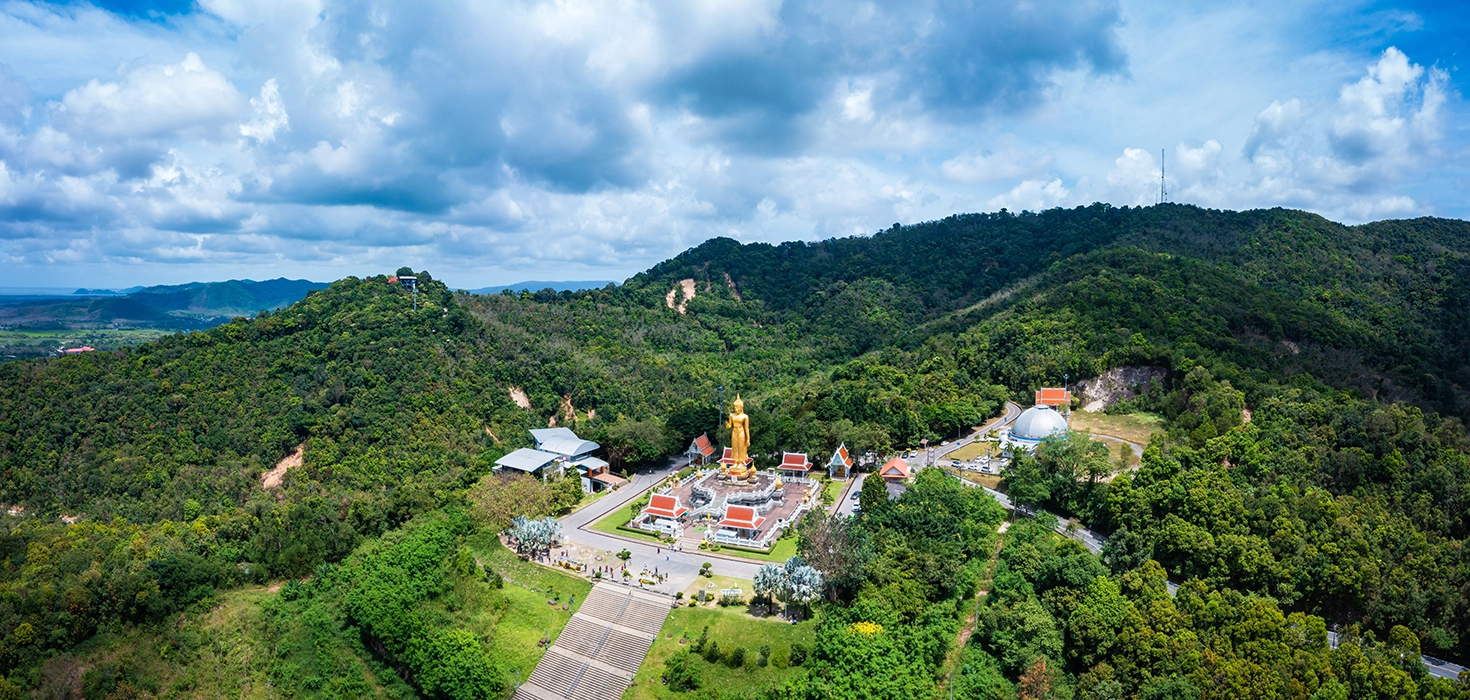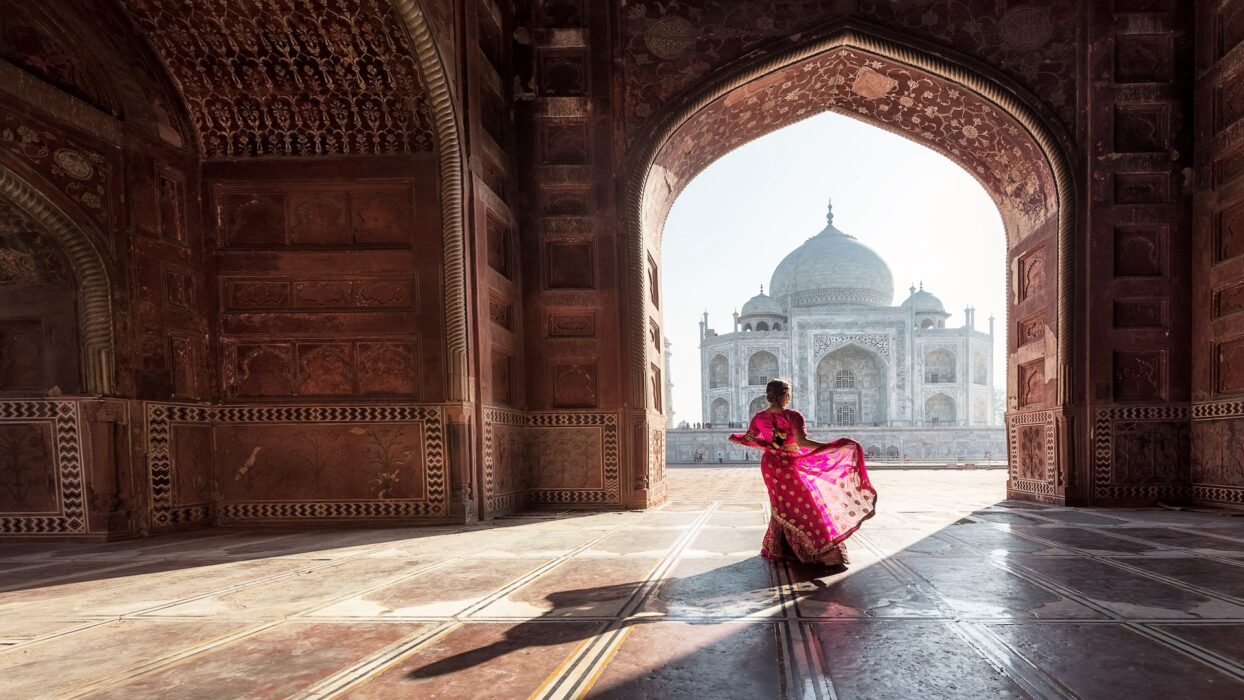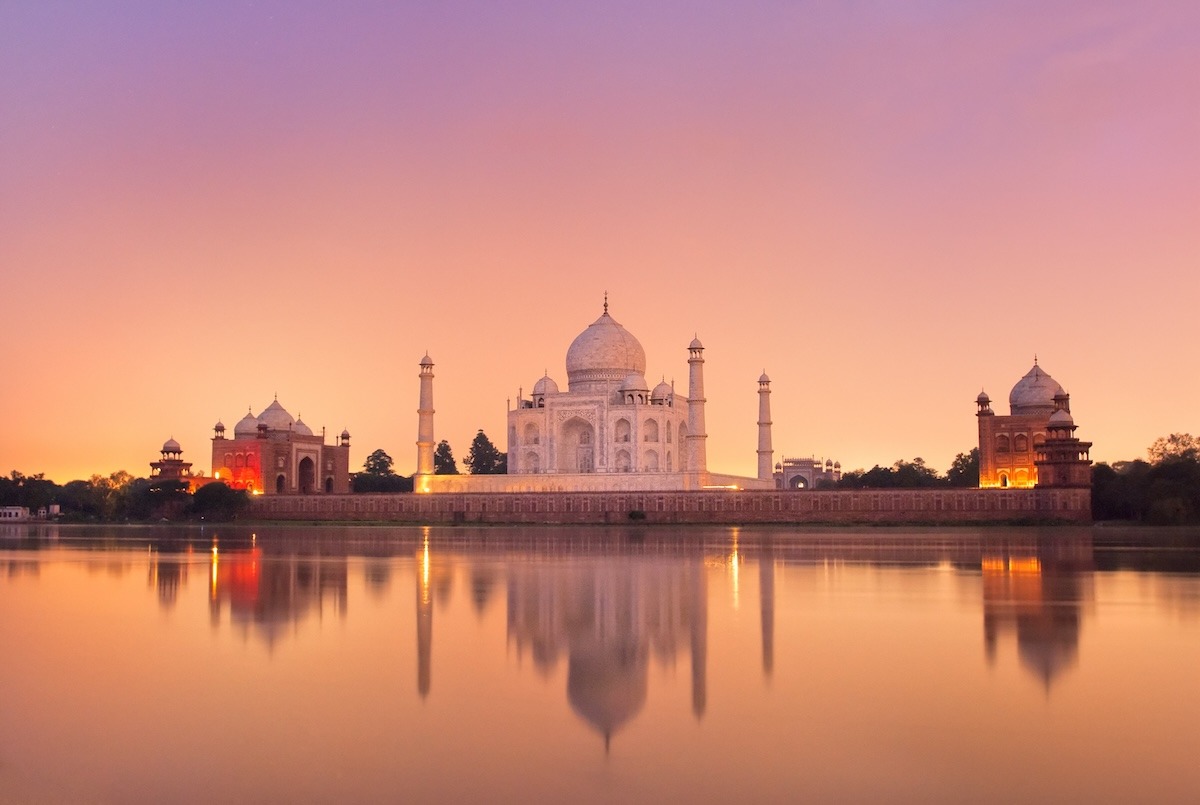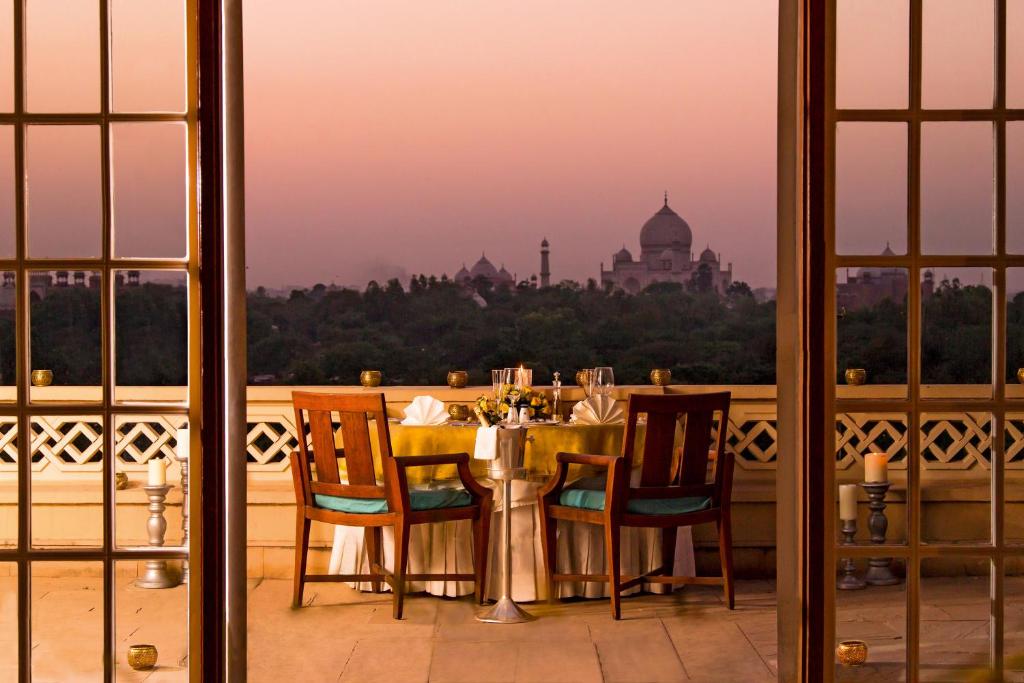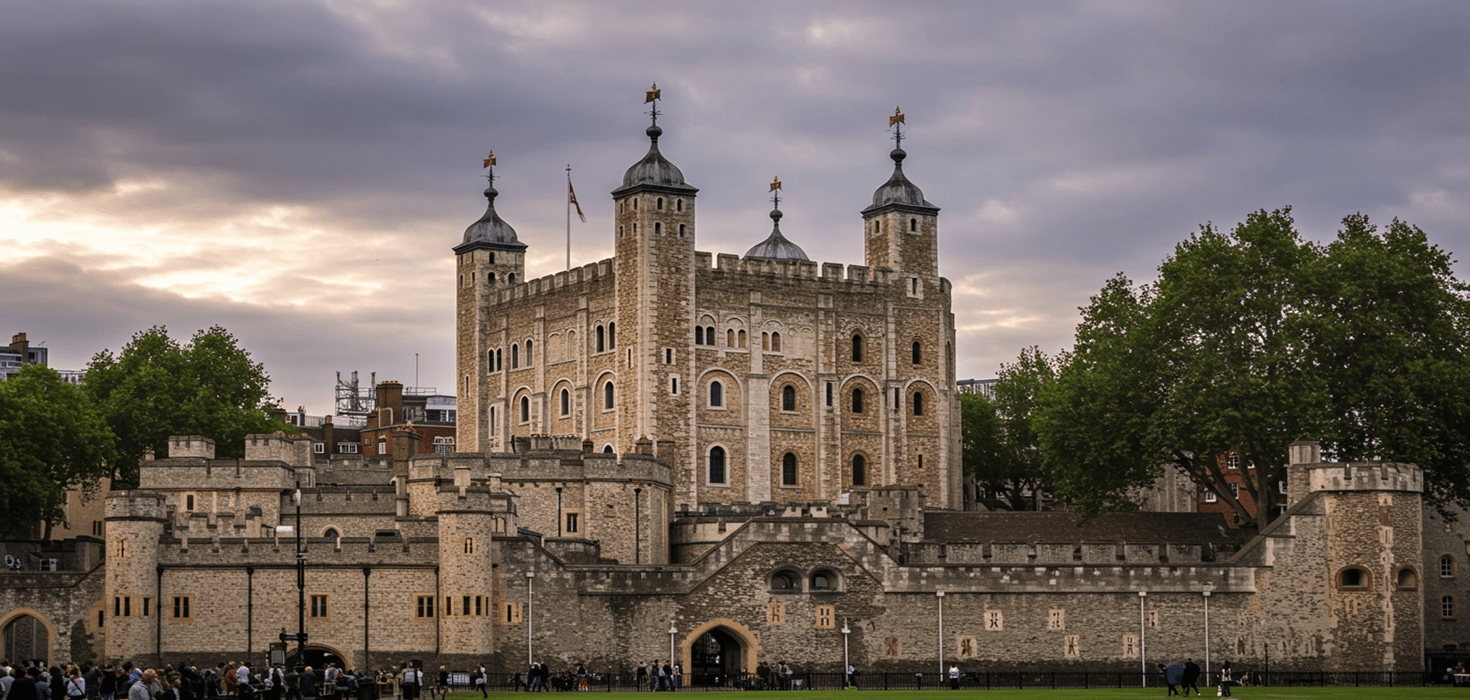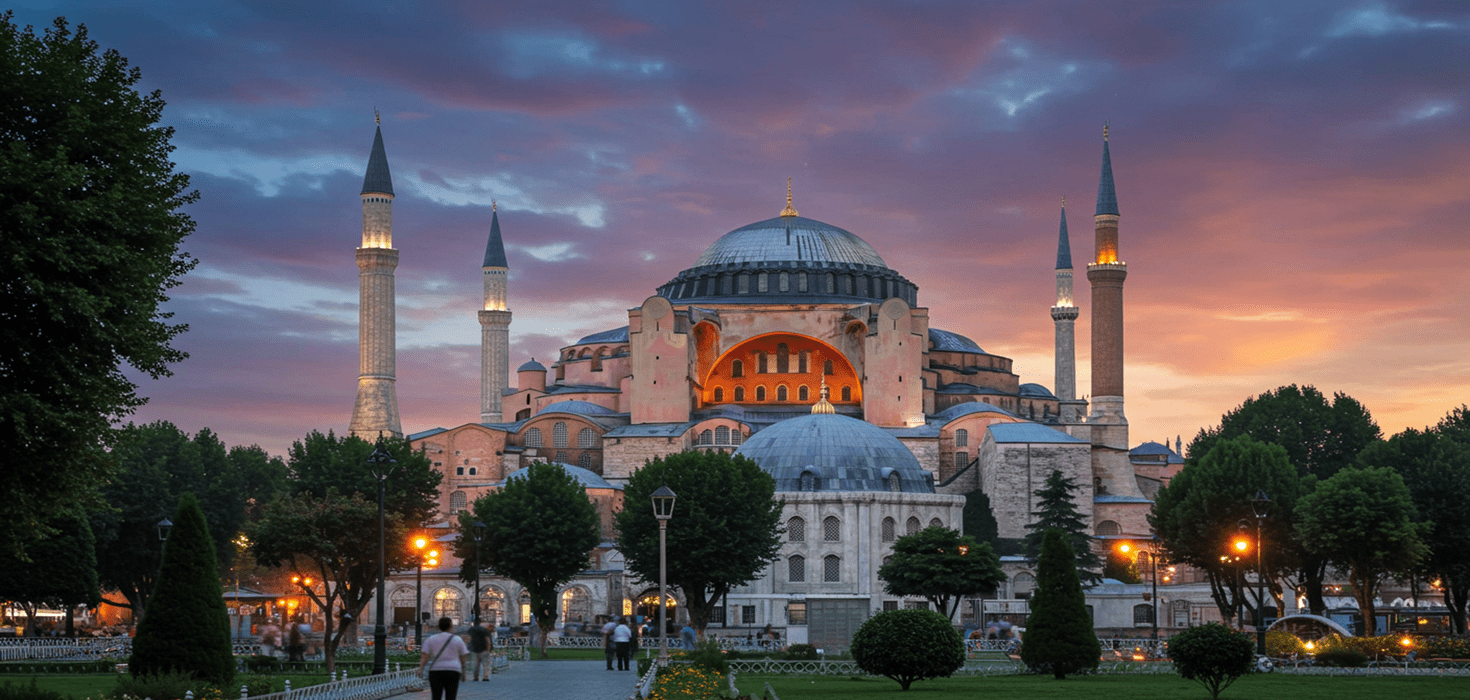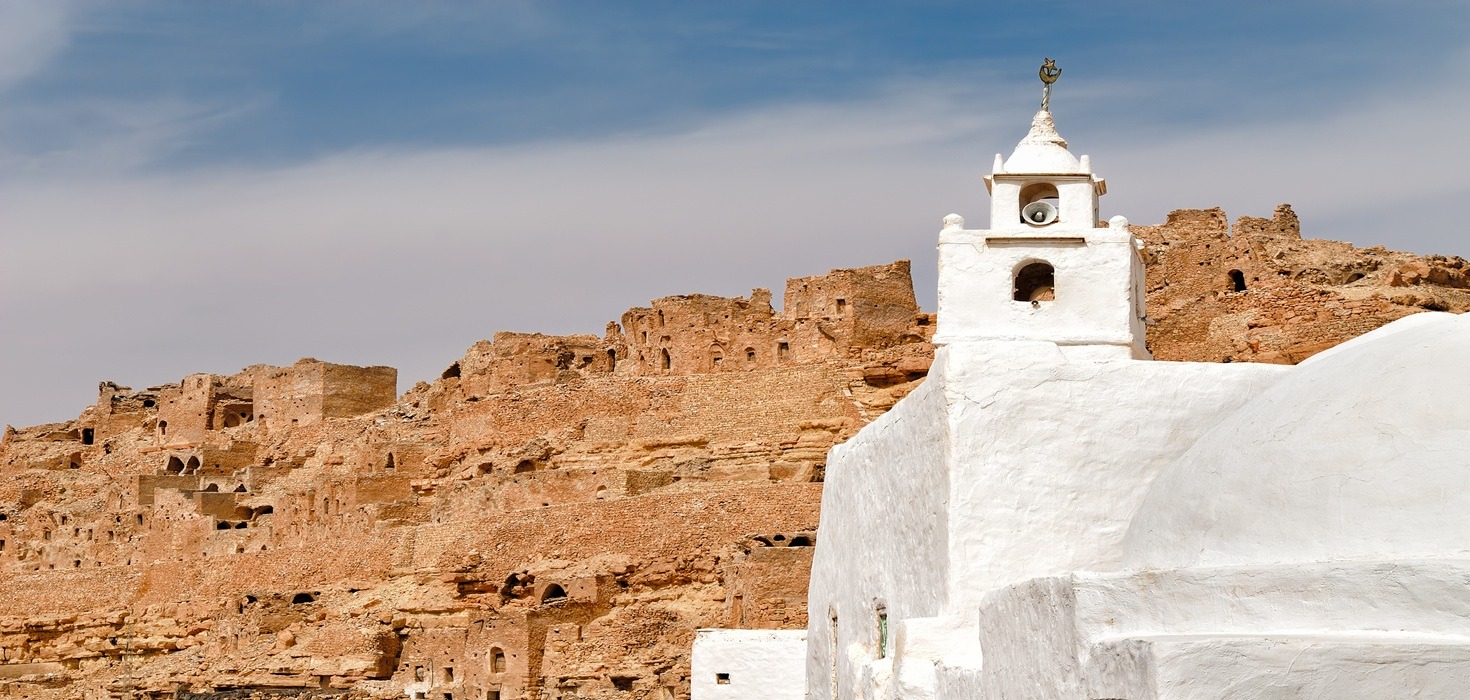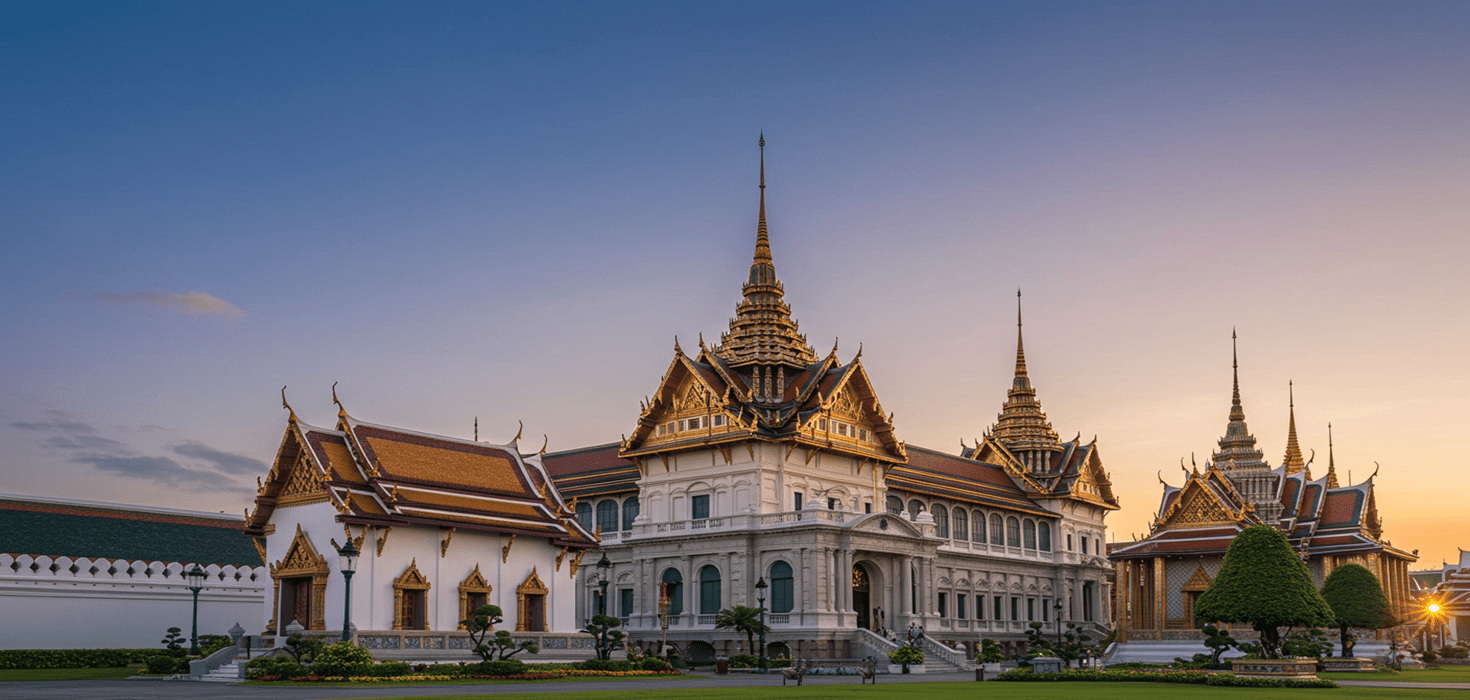The Taj Mahal, a symphony in marble, acclaimed for its sheer beauty and magnificence worldwide, invites travelers to explore its grandeur beyond the usual daylight hours. Nestled in the heart of Agra, India, this ivory-white mausoleum stands as a testament to love, history, and architectural brilliance. In this exclusive Agoda travel guide, we journey beyond the conventional sunrise and sunset narratives, unveiling the Taj Mahal in a light never seen before. Prepare to be enthralled by the secrets, myths, and untold stories of this monumental emblem of love.
The Ideal Time to Visit: Decoding the Best Kept Secrets
Visiting the Taj Mahal is an experience of a lifetime, and timing your visit can significantly enhance this encounter. While the iconic image of Taj Mahal against the backdrop of a rising or setting sun is popular, there’s much more to the story of when to visit this architectural marvel for an unforgettable experience.
The Magical Hours: Sunrise and Sunset
The first light of dawn and the dusky glow of sunset cast enchanting hues on the marble monument, making these times the most sought after for visitors. The soft golden light not only adds a mystical aura but also allows for stunning photography without the harsh daylight glare.
Avoiding the Crowds: Opt for Weekdays
Weekends and national holidays usually see the highest footfall at the Taj Mahal. For a more serene experience, opt for a weekday visit. Early mornings right after opening at 6 AM are ideal to admire its beauty in solitude, allowing you to absorb the tranquility and grandeur of the monument without the distractions of a bustling crowd.
The Full Moon Night: A Spectacular Nighttime Viewing
Once a month, the Taj Mahal opens its gates at night for five nights around the full moon (two days before, the night of the full moon, and two days after). This nocturnal viewing offers a completely different perspective of the Taj, bathed in the ethereal glow of moonlight. However, tickets for this are limited and must be booked in advance, offering a unique and exclusive way to experience the monument’s beauty.
Weather Considerations: Choosing the Right Season
Agra’s climate plays a significant role in planning your visit. The months from November to February offer the most pleasant weather, with cool temperatures making daytime explorations comfortable. Summers (March to June) can be scorchingly hot, while the monsoon season (July to September) brings sporadic rains, often leading to fewer crowds and a fresh, greener landscape around the Yamuna river.
An Architectural Marvel: Insights into Mughal Engineering
The Taj Mahal is not just a monument of love, but also a sterling example of Mughal architecture that blends elements from Islamic, Persian, Ottoman Turkish, and Indian architectural styles. Constructed from 1632 and completed in 1648, by Mughal Emperor Shah Jahan, it stands as an epitome of beauty and symmetry in architecture.
Mastery in Marble:
The Taj Mahal is renowned for its radiant white marble exterior, which was sourced from the mines of Makrana in Rajasthan. This choice of material not only lends the monument its sublime beauty but also its capacity to reflect hues according to the sunlight or moonlight. The intricate marble inlay work, adorned with semi-precious stones, showcases the exemplary craftsmanship of artisans who worked on the mausoleum, turning it into a canvas of ornate designs.
The Emblem of Symmetry:
Symmetry forms the essence of the Taj Mahal’s design, manifest in every aspect of its structure, from the grand dome to the minarets, the garden, and the main gateway. This symmetrical precision not only enhances its aesthetic appeal but also symbolizes harmony and balance, core principles in Islamic art and architecture.
Ingenious Engineering Techniques:
Beyond its beauty, the Taj Mahal incorporates advanced engineering techniques of its time, including the use of wells as foundations to stabilize the structure on the Yamuna riverbank. The clever design of the dome ensures that its weight is evenly distributed, preventing the tomb from collapsing under its own weight. This architectural wonder also features an optical illusion; as you walk away from it, the Taj Mahal appears to grow larger rather than smaller.
A Confluence of Cultures:
While its structure is predominantly Islamic, the Taj Mahal also encompasses elements of Hindu architecture, such as chhatris (dome-shaped pavilions) and lotus motifs, celebrating India’s rich cultural diversity. Its gardens, which follow the Mughal charbagh layout, incorporate Persian influences, promoting an aura of paradise on earth.
Where to Stay: Recommended Hotels Near the Taj Mahal
Ensuring a comfortable stay is paramount to experiencing the beauty of Agra and the Taj Mahal. We’ve curated a list of recommended hotels near the Taj Mahal, catering to various budgets and preferences. These accommodations not only offer convenience due to their proximity to the monument but also provide exceptional services that can make your trip to Agra truly unforgettable.
Hotel Taj Resorts:
Located merely 500 meters from the Eastern Gate of the Taj Mahal, Hotel Taj Resorts offers its guests ease of access along with contemporary comforts. Its rooftop pool and view of the Taj Mahal make it a favorite amongst travelers looking for a blend of luxury and convenience.
Taj Hotel & Convention Centre Agra:
For those seeking a blend of traditional hospitality and modern luxury, the Taj Hotel & Convention Centre Agra is an ideal choice. Its sophisticated rooms, exceptional dining options, and stunning views of the Taj Mahal ensure a memorable stay.
Grand Mercure Agra:
The Grand Mercure Agra, perfectly located for those wishing to explore Agra, offers luxury accommodation with captivating views of the Taj Mahal from select rooms. Its attentive service and amenities are designed to provide a relaxing retreat after a day of sightseeing.
The Oberoi Amarvilas Agra:
Experience unrivaled luxury at The Oberoi Amarvilas, where every room offers an uninterrupted view of the Taj Mahal. Its Mughal-inspired architecture, royal interior, and world-class service promise an indulgent stay that mirrors the grandeur of the nearby monument.
Choosing the right hotel can enhance your experience of visiting the Taj Mahal, providing not just a place to rest, but a sanctuary that complements the beauty and history of your surroundings. Whether you’re searching for luxury or budget-friendly options, Agra’s hospitality scene has something special for every traveler.
The Taj Mahal, with its unparalleled majesty and the stories that echo through its corridors, stands as an eternal testament to love and architectural grandeur. This guide, crafted to enhance your journey, goes beyond the iconic visuals to delve into the essence of the Taj Mahal, revealing the best times to visit, the architectural marvels, and the myths and legends that surround it. It also brings you a curated list of accommodations, ensuring your stay in Agra is as majestic as the monument you’ve come to admire.
